Cerveteri, in the heart of the Roman Tuscia, is one of the most important archaeological towns in Lazio.
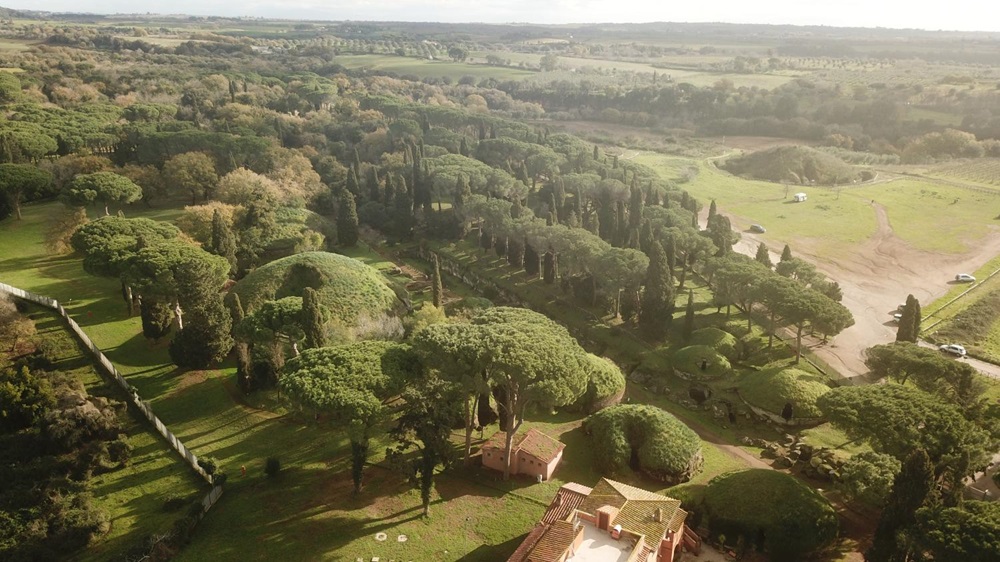
The Banditaccia Necropolis in Cerveteri-photo-@comune.cerveteri.rm_.it
Known in ancient Roman times as Caere, Cerveteri is the symbol of the ancient Etruscan culture. Here lies, in fact, one of the best-preserved Necropolises in the world, the Banditaccia, recognized as a UNESCO World Heritage Site in 2004.
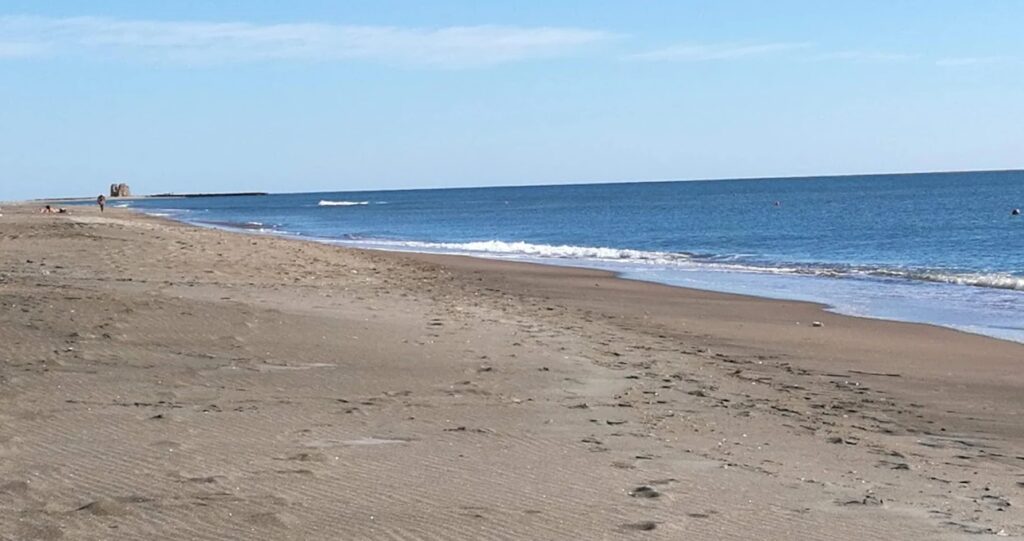
The beach of Cerveteri
The surrounding area stretches from the Ceriti Hills to the Tyrrhenian coast, with its iron-black sandy beaches, which offer tourists a well-deserved relaxation after their journey into history.
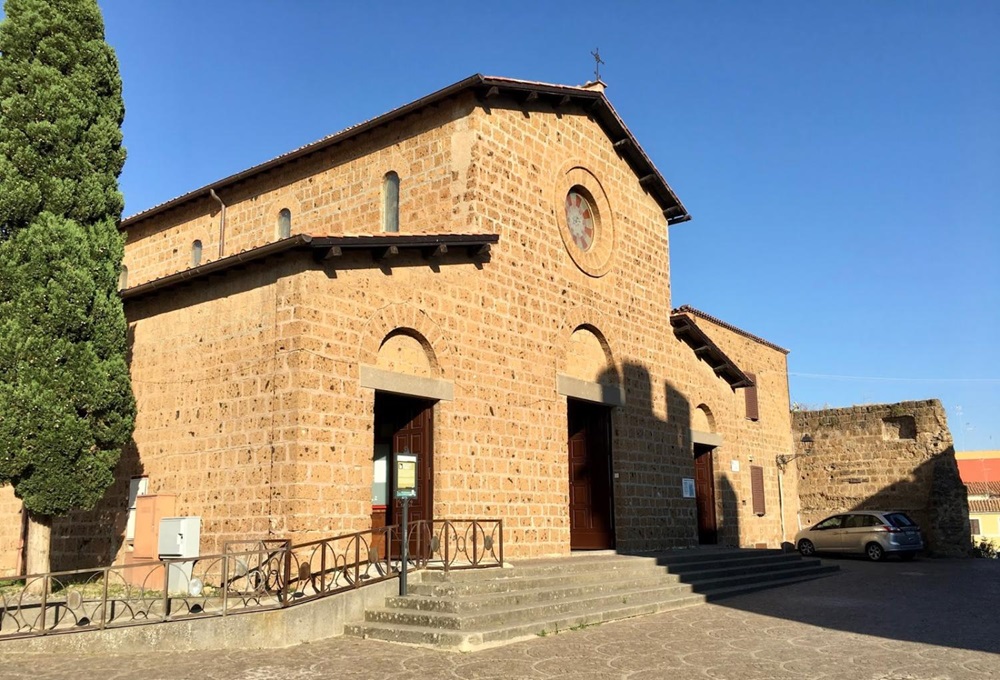
The facade of the Church of Santa Maria Maggiore in Cerveteri – photo @comune.cerveteri.rn.it
The historic centre hosts several places of cult, such as the Church of Santa Maria Maggiore, the oldest one in town, built over the remains of an Etruscan temple. Also worth a visit are the small Church of Sant’Antonio Abate by the city walls and the Church of San Michele Arcangelo, dedicated to the patron saint. According to legend, on May 8, 842, the Saint stopped the bells from ringing, so that the Saracens, due to the silence and the thick fog, couldn’t find their way to the village and were forced to come back to their ships.
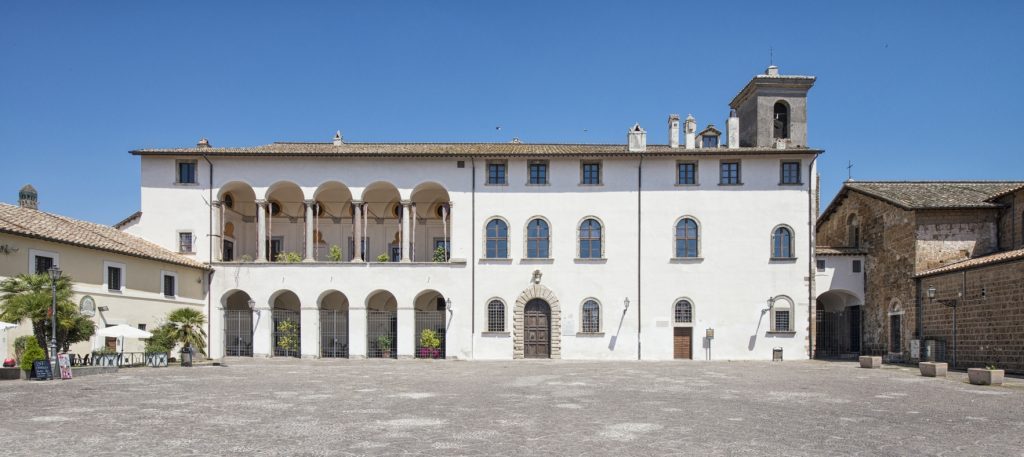
Palazzo Ruspoli in Cerveteri – photo @retedimorestorichelazio.it
Overlooking Piazza Santa Maria, stands one of the most beautiful historic homes in Italy, the sixteenth-century Palazzo Ruspoli, richly decorated with frescoes and bas-reliefs. It hosted many illustrious figures, such as Pope Innocenzo III, the English writer Lawrence, the musician Händel, and many historians and archaeologists from the nearby necropolis.
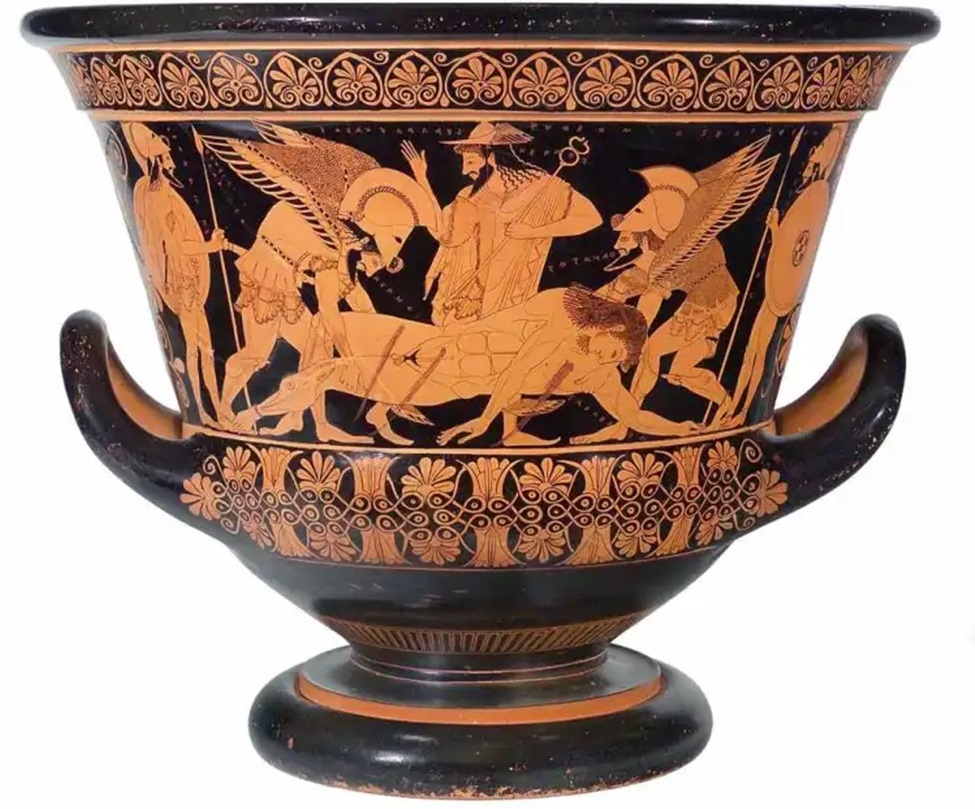
The Euphronios Krater, a masterpiece of Attic ceramics from the fifth century BC.
Castello Ruspoli, on the same square, is the seat of the “Museo Archeologico Nazionale Cerite”, where we can admire most of the finds from the excavations, authentic masterpieces, such as decorated vases, jugs, and interesting artefacts. Among these, the precious fifth century ceramics Euphronios Krater and Kylix stand out. Stolen and taken abroad, they returned to the Cerveteri Museum in 2015.
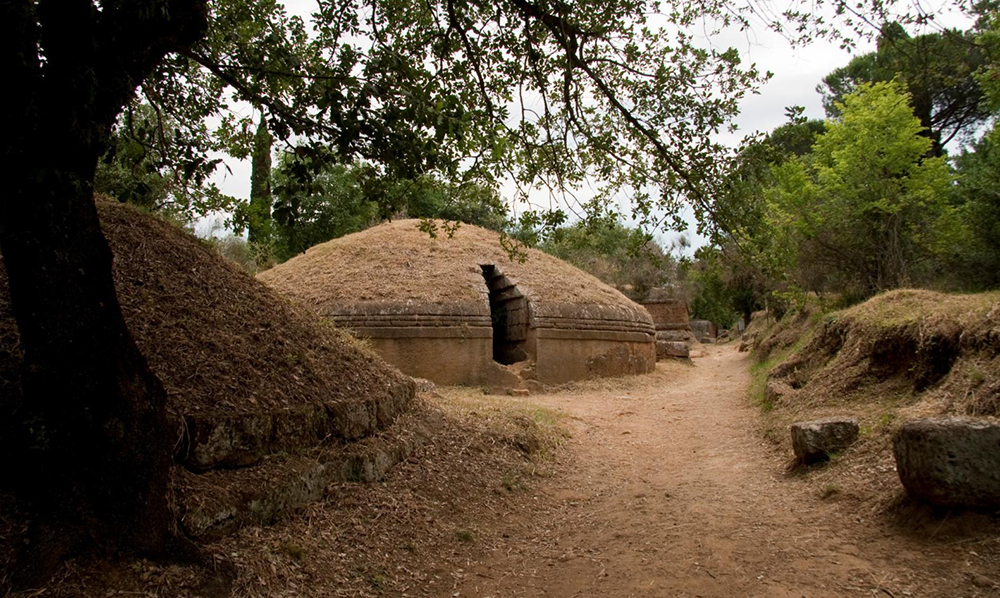
The burial mounds in the Banditaccia Necropolis
The ancient Etruscan Banditaccia Necropolis, the largest in the Mediterranean area, preserves thousands of burials from the Villanovan period (nineth century BC) to the Etruscan era (third century BC), dug into the tuff. Together with the Necropolis of Tarquinia, it was included in the List of UNESCO World Heritage Sites in 2004.
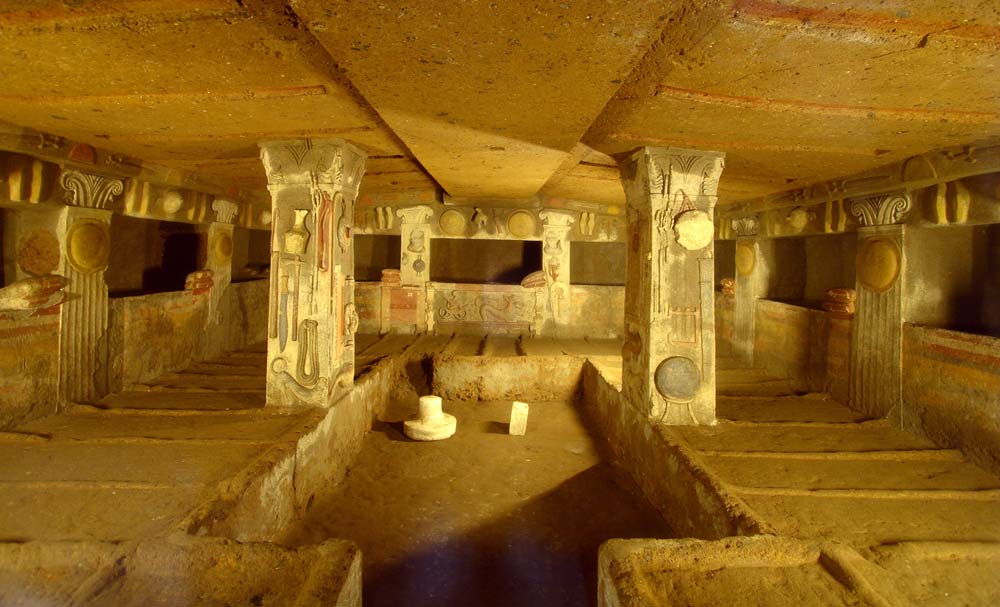
Interior of the Banditaccia Necropolis
Among the most significant burials, we can highlight the tombs respectively called the Capanna, the Cornice, the Casetta, dei Capitelli, and the beautiful cube tombs on via dei Monti Ceriti and in the Tolfa area, as well as the big burial mounds of the Colonnello and Mengarelli.
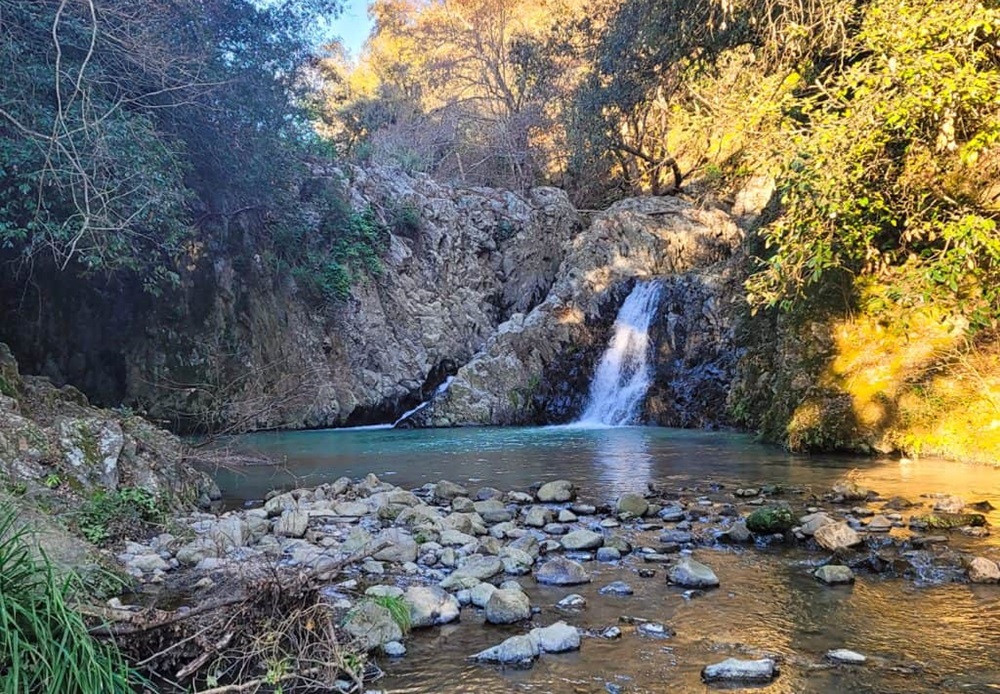
The waterfalls of Cerveteri
Cerveteri also offers plenty of outdoors activities: tracks along the pastures, thick woods, tuff gorges and ravines covered with periwinkles and ferns. Not to be missed in the area of Cerveteri, are the five waterfalls Vaccinello, Arenile, Braccio di Mare, Ospedaletto, and Mola, reachable via easy paths starting from the “Nuovo Cimitero di Cerveteri” and identifiable on a map. In the nearby hamlet of Ceri, stands the Sanctuary of the Madonna di Ceri, which houses ancient frescoes and a central nave decorated with a valuable comatesque pavement. In Cerveteri, wine is served in the typical taverns Fraschette, to accompany simple, traditional dishes, such as the local artichokes that owe their special flavour to the ferrous soil.
